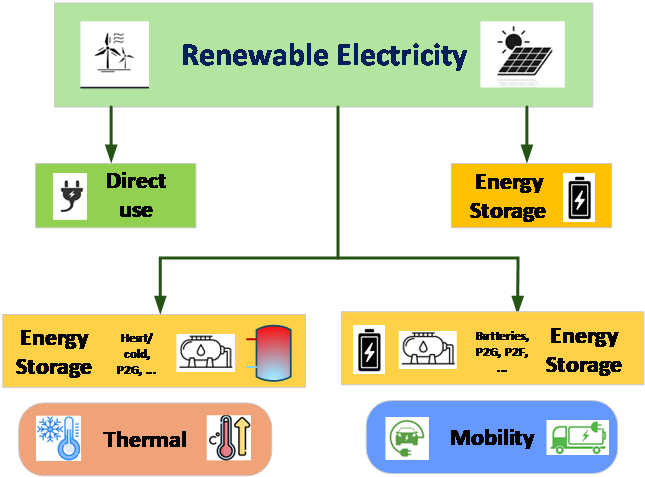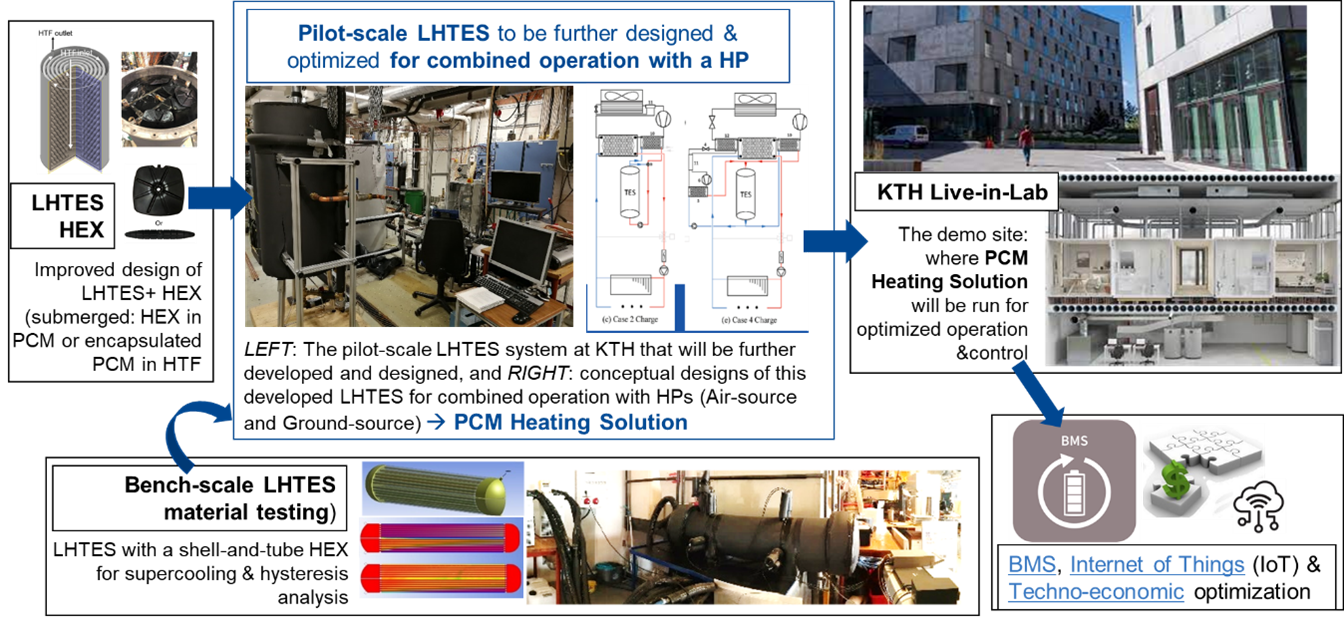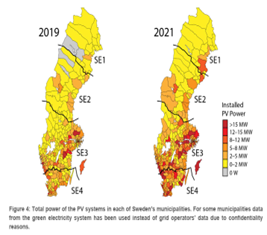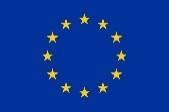Co-location of Solar Energy and Energy Storage – An International View: Example HYSTORE
Solar energy is inevitable in the energy transition towards 100% renewable energy systems, covering ‘everything and anything under the sun’. Energy storage is crucial to make this intermittent yet plannable resource available even when the sun sets. It is time for us to move beyond the siloed thinking of energy systems per sector or per users, but holistically see the energy system in full, and optimize it for all synergies there are. In this context, the Horizon project HYSTORE (Nr. 01096789, with four pilots) showcases the remarkable opportunities Thermal Energy Storage (TES) systems implemented at building-level can offer to the energy systems as a whole. Here, the concepts Flexible Sector Coupling (FSC) (IEA ECES, 2024) and co-location of solar energy and storage (Biggins, et al., 2023) are fundamental.
Sector coupling is a concept we are accustomed to, where electrical, thermal and/or mobility sectors can be coupled with one another. For instance, a heat pump (e.g. for space heating and domestic hot water supply) can be run using renewable electricity from the grid coming from intermittent sources like solar or wind, coupling the electrical and thermal sectors. However, this possibility is restricted to only when the sun shines or wind blows, but not necessarily when the peak heating demand happens. Sector coupling alone therefore does not offer flexibility in using these renewable sources. When we then bring energy storage into the equation, that enables e.g. the heat pump to operate when the sun shines or wind blows (bringing excess electricity and often therefore cheaper), charge that heat into a TES. Later when the heating demand is at its peak, this charged TES can discharge to cover those peak demands. This brings both economic and environmental benefits, by also often replacing fossil-based heating that otherwise tops us the peak demands. Energy storage thus is the flexibility enabler (see Figure 1), transitioning from sector coupling to FSC (IEA ES, 2024).

Figure 1. Flexible Sector Coupling explained. (source: (IEA ES, 2024), Task 35: FSC)
In HYSTORE project in Sweden, one particular FSC case is showcased using a latent heat TES (LHTES) using phase change materials (PCMs) solution coupled with a heat pump, implemented in a real demonstration site at KTH Royal Institute of Technology, Stockholm. This PCM-TES coupled with a heat pump is called PCM Heating solution, and is being implemented in KTH Live-in-Lab, Testbed KTH (as visualized in Figure 2). Testbed KTH is a unique live-in-lab infrastructure hosting 4 student apartments with state-of-the-art monitoring systems (e.g. on thermal comfort, indoor air quality and user behavior), and where, in the basement researchers implement state-of-the-art pilot and demonstration energy technology and storage solutions. With the PCM Heating solution, the Testbed KTH becomes an energy storage hub in the energy systems in KTH and Stockholm, providing flexibility services to the electricity grid through the dedicated heat pump charging the PCM-TES using cheap (i.e., surplus) electricity. Thereby the PCM Heating solution showcases FSC. Advanced building level control systems managing the building energy system and its optimal interactions with the regional energy grid functioning as a local energy community, ensures successful FSC with PCM Heating solution at KTH.

Figure 2. HYSTORE PCM Heating Solution development, and implementation and operation optimization in KTH Live-in-Lab (LHTES: Latent Heat Thermal Energy Storage, PCM: Phase Change Material, HEX: Heat Exchanger, HP: Heat Pump, BMS: Building Management System)
Solar energy is indispensable around the globe, and of course also in Sweden. Yes, sun shines everyday in Stockholm, despite being ‘in a corner’ of the northern hemisphere. Solar photovoltaic (PV) statistics from IEA PVPS TCP (IEA PVPS, 2021) shows an exponential growth of PV installations in Sweden over the past decade (see Figure 3), with the largest concentration of installations coinciding in southern Sweden including Stockholm. Co-location of solar energy and energy storage by definition is storing energy close to where it is generated (Biggins, et al., 2023). This is where HYSTORE’s PCM Heating solution becomes attractive to facilitate co-location of solar energy and storage. With the increasing number of solar PV installations in Stockholm that could congest the local electricity grid, local solutions like PCM Heating solution in HYSTORE can effectively store these surpluses of solar PV electricity from the grid avoiding curtailment, then also enabling FSC.


(a) and (b)
Figure 3. Solar PV growth in Sweden concerning (a) evolution through 2010-2021, (b) per installed capacities (Source: (IEA PVPS, 2021))


This project has received funding from the European Union Horizon Europe Programme under grant agreement N. 101096789 (HYSTORE).
References
Biggins, F. A., Travers, D., Ejeh, J. O., Lee, R., Buckley, A., & Brown, S. (2023). The economic impact of location on a solar farm co-located with energy storage. Energy(278), 127702. doi:https://doi.org/10.1016/j.energy.2023.127702
IEA ES. (2024). Annex 35- Flexible Sector Coupling. (International Energy Agency (IEA)- Energy Conservation through Energy Storage (ECES)) Retrieved November 30, 2023, from https://iea-eces.org/annex-35/
IEA PVPS. (2021). National Survey Report of PV Power Applications in Sweden 2021. Task 1- Strategic PV Analysis and Outreach. Retrieved 04 17, 2025, from https://iea-pvps.org/wp-content/uploads/2022/10/National-Survey-Report-of-PV-Power-Applications-in-Sweden-2021.pdf
